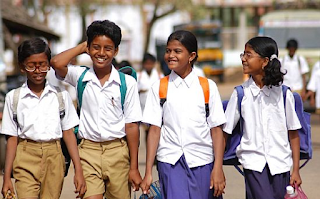
Cast: Jayam Ravi, Urvasi, Ponvannan, Saranya, Vadivel Music: Vidyasaagar, Director: S P Jananathan
What do you need in order to make a great film, well, let's just say a good film? A novel, interesting story, good performances, and good intentions from the director? Even a 'message to the society' for a good measure? Peraanmai has many of these, above all a well-intentioned director genuinely wanting to make good cinema. We all feel that it should have been sufficient and the output would be terrific.
Alas, that has been proven dreadfully insufficient with this film which utterly fails to work in almost all departments. As you wearily watch the film slip away, for once you long for directors like Hari or Murugadoss or Dharani. They would have pepped up this story enormously, given it the edge it so desperately lacks. Movies such as this rub in the face of the people who question the skills and capabilities of the directors who are dedicated to churning out mainstream mass entertainers. These films make you acknowledge that those are indeed talented directors. They churn out formula fares, but they churn them out well. Such formula-based mass-entertainers rely on tight-scripts, engaging plot narration, cohesive performances and racy editing. Where does Peraanmai stand in this scheme?
In terms of genre, it hovers somewhere between the eighties communist propaganda films to 60s MGR's idealistic series. Director Jananathan doesn't believe in subtleties when it comes to exhibiting his ideologies. On the contrary, he literally rubs it in your face so hard that often it churns out unintended laughter. Take a scene where the protagonist and the five girls set up a tent and spend the night in the middle of the forest. They light up camp fire and he settles with a book in front of the tent to guard them. What was his camping read? Das Kapital. Even for an ardent leftist, I can recommend a lot of interesting books to carry for your forest expedition.
Those eighties communist films had a social purpose. Be it by Balachander or Sridhar Rajan they were sincere in their anger and also the socio-economic conditions of society then justified such anger. Jananthan's protagonist is merely a two-dimentional cardboard character feebly reflecting the director's personal leanings that are neither justified by the plot compulsions nor by the social conditions. Therefore the film neither works as an angry young man's tale nor as a mass-entertainer. And let's get this very clear: There's still social need for angry man's tales but today, they require far more intellectual depth than they did in the eighties. Merely flaunting a book won't just do, except that you'll be bored to death in the forest.





